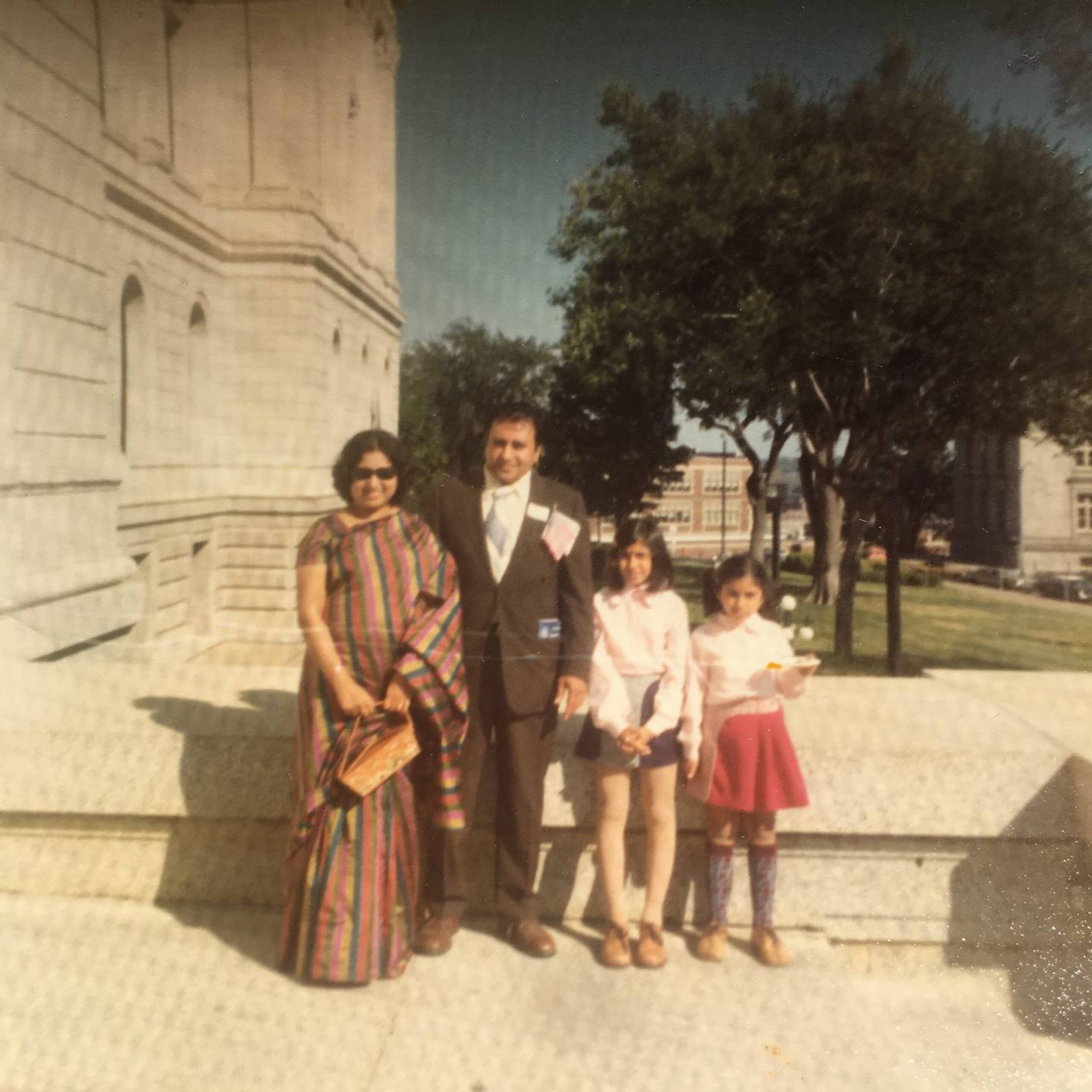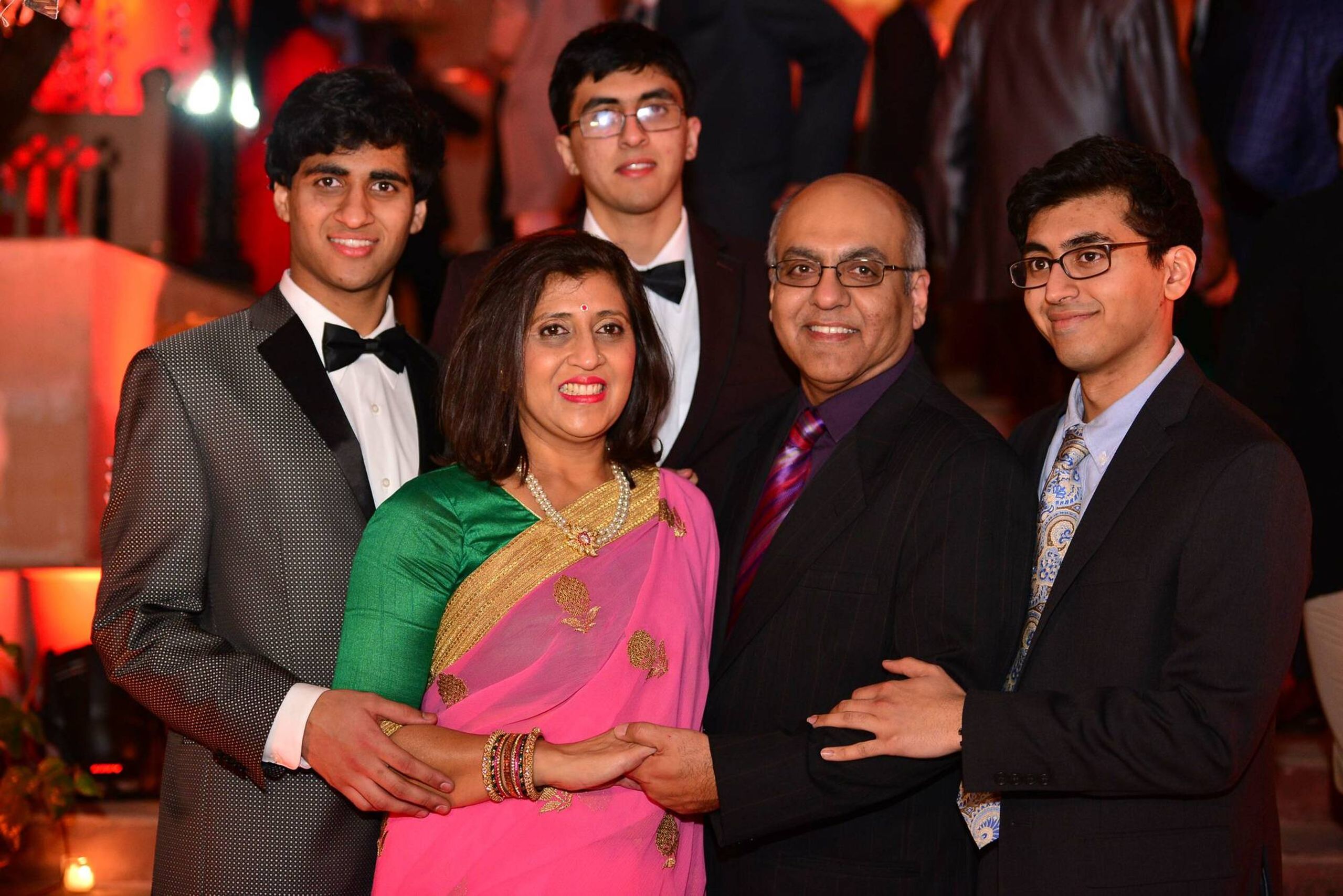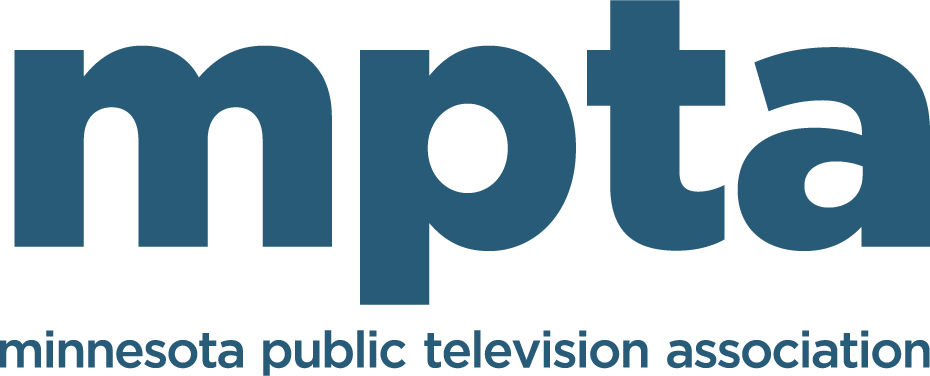Leaving India to become American
An Indian family's story of adapting to life in the Upper Midwest

Indian immigration to North America began in the nineteenth century, when indentured laborers, under their British colonial masters, arrived in the West Indies and British Columbia. Some laborers found their way to the United States. They worked alongside Chinese laborers to build railroads in the west and worked on farms in California and the Pacific Northwest.
In 1947, India won freedom from British rule, and an initial wave of Indian students arrived at American universities to pursue science and technology studies.
My father was among this first cohort of students. He arrived at Bozeman, Montana, in 1958 to study civil engineering, and got his degree from the University of North Dakota, Grand Forks in 1965.
After graduating, he secured a job in a construction firm. He returned to India later that year and married my mother. My parents moved to North Dakota so that my father could gain professional experience before establishing his own engineering firm in India.
It was to be a two-year honeymoon that never ended.
Establishing a new home
The same year that my parents got married, President Lyndon B. Johnson signed legislation allowing non-European professionals to settle in the United States. My parents' arrival coincided with what the Johnson administration saw as a correction of a historical wrong. And this new legislation was an invitation to non-European peoples to join the American experiment.
I was born two years later, when my parents moved to Minneapolis. My sister came along two years after me, and our youngest sister arrived in 1976. By that time, my father had become an American citizen and established his career. My parents started a family, built a home, and sponsored family members to join us in the United States.
Cultural exchange

The Vietnam War had recently ended, as had the tumult of the Civil Rights Movement, the Women's Movement, and the American Indian Movement. These social-justice struggles shaped my view as a child of immigrants, an 'Indian' in the upper Midwest.
For example, Dr. King and his followers often wore Indian-style caps and garlands, just like relatives in my parents' wedding pictures. I wanted to find these apparent relatives and another group of Indians who looked different from us on our family tree. In my pre-kindergartener mind, these images gave context to my parents' stories of childhood in India just before independence. Common themes and cultural differences came together in a uniquely American narrative: to win social justice for all, regardless of race, culture, and gender.
But in Minnesota, we were still newcomers. We challenged neighbors' perceptions, as many knew little about India. We were not the 'Indians' with whom Minnesotans were most familiar. Decades-old footage of Mahatma Gandhi and India's partition, and Gandhi's inspirational role in the Civil Rights Movement, provided an anchor for some.
Popular culture in the 1960s and '70s reflected aspects of Indian culture. These images shaped stereotypes and assumptions of Indian professionals who came to compete for top jobs in their respective fields. They ascended to visible positions in academia, industry, and business over subsequent decades as immigration from India increased across the country and in Minnesota.
Immigration in the 1980s and beyond
Immigration from Southeast Asia, Tibet, Somalia, and beyond, broadened cultural exchange in the Twin Cities from the 1980s onward. People from these countries share cultural histories and legacies of mutual influence over hundreds of years prior to arriving in Minnesota. I was and remain fascinated by these exchanges since my college years at the University of Minnesota, where I studied History. Knowing about long-established ties among Asian, African, and European peoples helps me to understand family histories in diaspora, like mine, and our ever-changing identity as Minnesotans and as Americans.
The Twin Cities are home to a diversity of places of worship and cultural centers. For example, a Hindu temple in Eagan, where I grew up, serves those whose ancestors left India for the West Indies as British subjects, more than a hundred years ago. Their history is distinct from my parents' immigrant story.
Established Indian communities in the Caribbean maintain loosening ties to India. They have merged with Afro-Caribbean and European cultures through marriage. Many of my fellow immigrant children did the same. They married into the broader American fabric, further adding to experiences of being 'Indian' but also 'American.' Places of worship reflect these histories and emerging Indian identities in diaspora.
Indian temples and cultural centers did not exist in the mid-1960's, when my parents moved to Minneapolis. Rather, cultural educational opportunities for second-generation Indian immigrants appeared in the 1980s. Today, paces of education and worship serve the broader Indian community and its many diverse Indian-language-specific sub-communities.
Minnesotan roots
My family now lives in Boston after years spent in Kansas, Wisconsin, Indiana, and a two-year stint in India. Our relatives live in North Carolina, Texas, and California. But Minnesota was my family's first home and is my birthplace. I believe in an essential 'Minnesotan niceness' of neighbors and friends, though their view of me seemed clouded by popular notions about people from 'elsewhere.'
My Minnesotan roots inform my view of our current challenges and opportunities around race, ethnicity, and identity. Tensions between exclusive and inclusive social attitudes shaped an immigration policy that allowed my family to settle in Minnesota.
A new chapter

Successes of families like mine came at a cost for those who lost their land, lives, traditions, and histories. African-Americans and Native-Americans suffered genocide and cultural annihilation to lay the foundation for later immigrants to prosper in the United States. I believe these facts of history shape the broader society's views of Indian immigration since 1965. Stereotypes of 'model minority' communities contribute to some immigrants' feelings of being invisible as Americans. Many of these communities have been targeted with hate and violence. This, too, is a part of our immigration story. How we deal with it as Americans will be the story of our democracy.
I was born at the beginning of a new chapter in American history, when the United States welcomed immigrants from India and other non-European countries. Our home in Minnesota is where my family's story joined others. Together, these joint stories make up the history of our country's growth, as well as the growing pains of immigrants leaving their homelands, arriving in the United States, and becoming 'American.'


